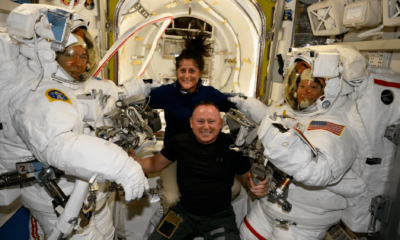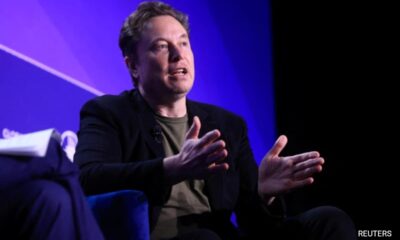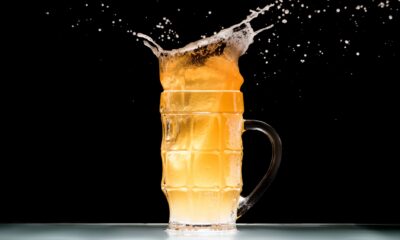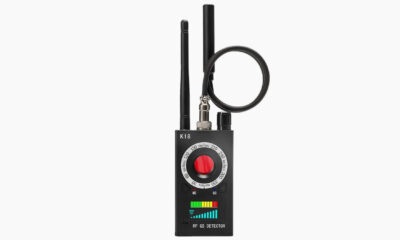Sunita Williams and Barry Wilmor are expected to return in February next year.
NASA today selected Elon Musk’s SpaceX to return Sunita Williams and Barry Wilmore from space next year. Eighty days ago, the two astronauts arrived at the International Space Station aboard Boeing’s Starliner for an eight-day mission. They had to extend their stay due to major technical problems with the Boeing capsule.
The astronauts are expected to return in February next year, after spending a total of eight months in orbit, on a SpaceX Crew Dragon spacecraft that will be launched next month as part of a routine astronaut rotation mission.
NASA chief Bill Nelson said Starliner’s propulsion system is too risky to carry the first crew home. Starliner will detach from the ISS without a crew and attempt to return to Earth, just as it would have done with astronauts on board.
The space agency’s decision to choose Boeing’s biggest aerospace rival marked another setback for the Starliner test mission. Boeing had hoped the mission could save the troubled program after years of development problems and more than $1.6 billion in budget overruns since 2016.
Nelson said he discussed the agency’s decision with Boeing’s new CEO, Kelly Ortberg.
The SpaceX Crew-9 mission will launch in late September, but will carry only two passengers instead of the originally planned four.
The aircraft will remain moored to the ISS until its scheduled return in February and will bring back its own crew members and their two stranded colleagues.
The veteran NASA astronauts, both former military test pilots, became the first crew to ride on Starliner when they launched to the ISS on June 5.
Starliner’s propulsion system suffered multiple failures from the first 24 hours of the flight to the ISS, causing months of consecutive delays. Five of the 28 thrusters failed, causing several helium leaks, which are used to pressurize the thrusters.
Since Starliner docked with the ISS in June, Boeing has made efforts to investigate what caused the thruster accidents and helium leaks. The company organized tests and simulations on Earth to gather data that it has used to convince NASA officials that Starliner is safe to fly the crew home.
But the results of those tests raised more difficult technical questions and ultimately failed to allay NASA officials’ concerns about Starliner’s ability to make its crewed return trip — the most intimidating and complex part of the test mission.














